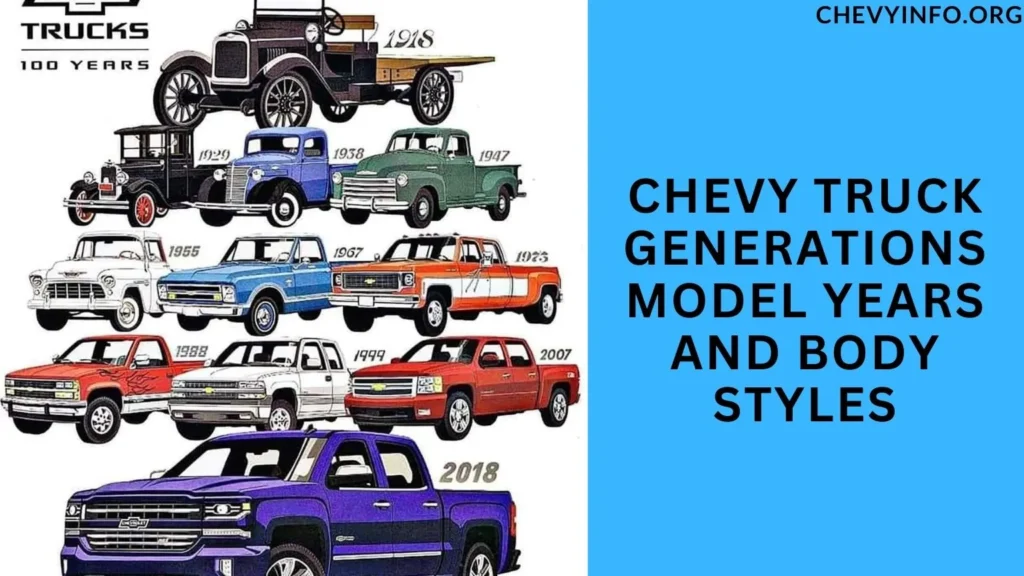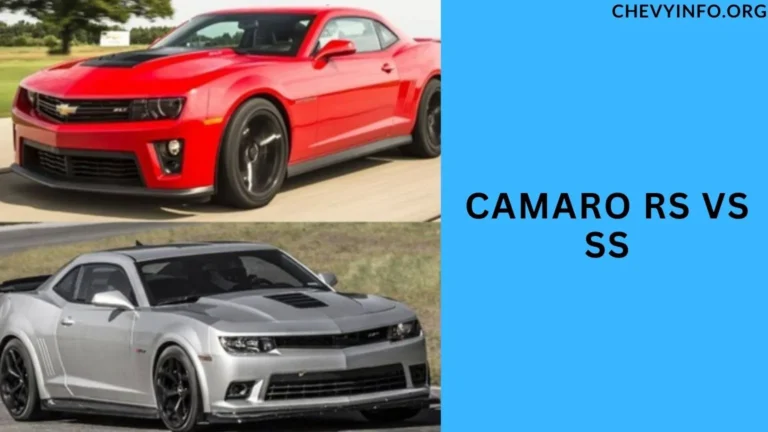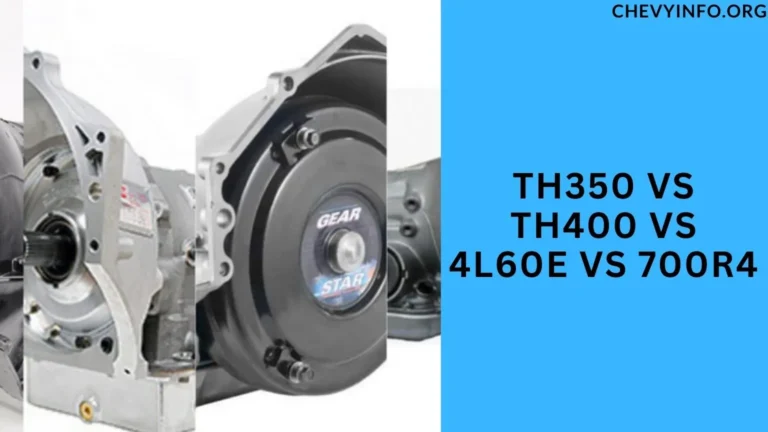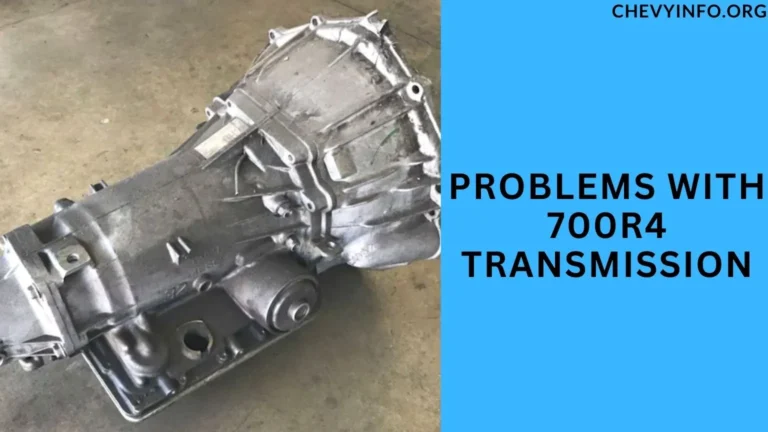Chevy Truck Generations Model Years and Body Styles In 2024
Chevy trucks have a rich heritage that spans over a century, evolving through various generations to become icons of American automotive culture.
From their humble beginnings in the early 20th century to the modern, technologically advanced models of today, Chevy trucks have continually adapted to meet the needs and preferences of drivers.
Chevy Truck Generations Model Years and Body Styles, Let’s delve into the fascinating journey of Chevy truck generations, exploring the model years and distinctive body styles that have defined each era.

Introduction to Chevy Truck Generations Model Years and Body Styles
Chevy trucks, manufactured by Chevrolet, a division of General Motors, have been a cornerstone of the automotive industry since their inception.
Dating back to 1918, when Chevy introduced its first truck, these vehicles have played vital roles in transportation, commerce, and personal use.
First Generation (1918-1928)
The inaugural Chevy trucks were simple yet robust vehicles designed for utility. With sturdy frames and reliable engines, they quickly gained popularity among farmers, tradesmen, and small businesses.
Second Generation (1929-1936)
During this period, Chevy trucks underwent significant upgrades, including improved engines and more streamlined designs. The introduction of the Suburban Carryall in 1935 marked a shift towards versatile, multi-purpose vehicles.
Third Generation (1937-1947)
The 1937 models showcased Chevy’s embrace of the “Art Deco” design trend, featuring sleeker lines and stylish aesthetics. These trucks became symbols of American craftsmanship and innovation.
Fourth Generation (1947-1955)
Post-World War II, Chevy trucks experienced a surge in popularity and advancements. The introduction of larger cabs, improved suspensions, and more powerful engines defined this era.
Fifth Generation (1955-1960)
The launch of the Task Force Series in 1955 marked a new chapter in Chevy truck history. These models combined rugged performance with modern comforts, appealing to a broader range of consumers.
Sixth Generation (1960-1966)
With the introduction of the C/K Series, Chevy trucks became more customizable than ever. Buyers could choose from various body styles, engines, and features, making each truck unique to its owner.
Seventh Generation (1967-1972)
This era witnessed a shift towards more modern truck designs, with aerodynamic shapes and improved safety features. Chevy trucks became synonymous with reliability and durability.
Eighth Generation (1973-1987)
Known as the “Square Body” era, these trucks featured boxy designs that maximized interior space. They also introduced innovations like automatic transmissions and improved fuel efficiency.
Ninth Generation (1988-1998)
Chevy trucks of this era emphasized safety and comfort, with advancements such as anti-lock brakes and airbags becoming standard features. The introduction of extended cab options appealed to families and recreational users.
Tenth Generation (1999-2006)
The turn of the millennium brought about a focus on technology and convenience. Chevy trucks now boasted advanced entertainment systems, improved fuel economy, and more refined interiors.
Eleventh Generation (2007-2014)
With concerns about fuel efficiency rising, Chevy introduced engines with better mileage without compromising on power. These trucks also showcased sleeker designs and enhanced towing capabilities.
Twelfth Generation (2015-Present)
Modern Chevy trucks offer a blend of power, performance, and luxury. Features like advanced driver-assist technologies, connectivity options, and efficient engines define the current generation.
Comparison of Key Features Across Generations

- Performance: From basic utility to high-performance engines, Chevy trucks have evolved to meet diverse needs.
- Design: Each generation brought unique design elements, reflecting trends and technological advancements.
- Technology: Advancements in safety, entertainment, and connectivity have continually improved the driving experience.
- Customization: Over the years, Chevy has offered extensive customization options, allowing buyers to tailor their trucks to specific requirements.
People also ask
What are the generations of Chevy trucks?
Chevy trucks have undergone several generations of evolution:
First Generation (1918-1928): Early utility-focused models.
Second Generation (1929-1936): Introduction of versatile Suburban Carryall.
Third Generation (1937-1947): Embraced “Art Deco” design.
Fourth Generation (1947-1955): Post-WWII advancements.
Fifth Generation (1955-1960): Birth of the Task Force Series.
Sixth Generation (1960-1966): Customizable C/K Series.
Seventh Generation (1967-1972): Modern truck designs emerge.
Eighth Generation (1973-1987): “Square Body” era begins.
Ninth Generation (1988-1998): Emphasis on safety and comfort.
Tenth Generation (1999-2006): Focus on technology and efficiency.
Eleventh Generation (2007-2014): Improved fuel efficiency and design.
Twelfth Generation (2015-Present): Modern features and luxury.
What years did the Chevy Silverado change body styles?
Chevy Silverado underwent significant body style changes at these key points:
1999: Introduction of the first-generation Silverado, replacing the C/K series.
2007: Launch of the second-generation Silverado with a redesigned body and improved features.
2014: Introduction of the third-generation Silverado, featuring updated styling and technology.
2019: The fourth-generation Silverado debuted with a refreshed design and enhanced capabilities.
What years are Gen 4 Chevy trucks?
Gen 4 Chevy trucks span from 1988 to 1998, encompassing the ninth generation of Chevrolet’s truck lineup.
How do you tell what year a Chevy truck is?
You can typically determine the year of a Chevy truck by looking at the VIN (Vehicle Identification Number), which includes a specific code indicating the manufacturing year.
Additionally, the model’s design changes and features often reflect the year of production, helping to identify its age.
Conclusion
The evolution of Chevy truck generations showcases a remarkable journey of innovation, adaptability, and customer-focused design.
From their origins as workhorses to today’s sophisticated vehicles, Chevy trucks remain an integral part of American automotive history, embodying strength, reliability, and ingenuity.

Henry Worner, a seasoned automotive expert with over 13 years of experience in car repair, maintenance, and performance enhancement, ChevyInfo.org was born out of a passion for Chevrolet vehicles. Henry’s deep-rooted love for everything Chevy has driven him to create a platform where fellow enthusiasts, car owners, and anyone interested in Chevy cars can find valuable insights, tips, and guidance.





